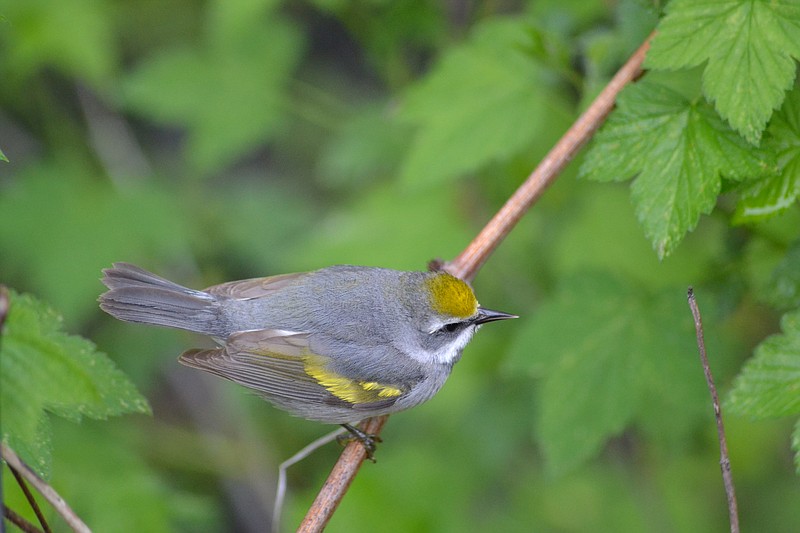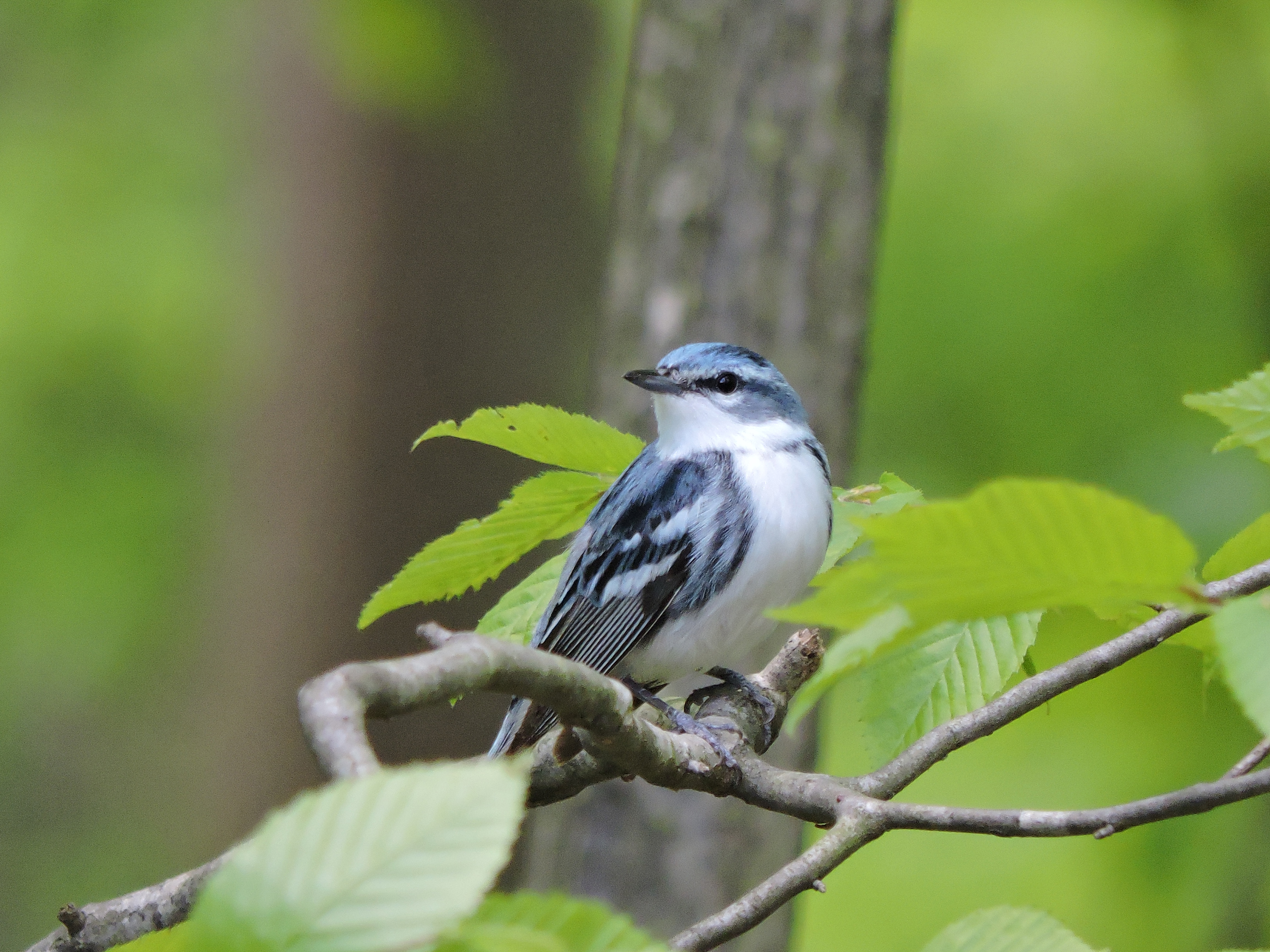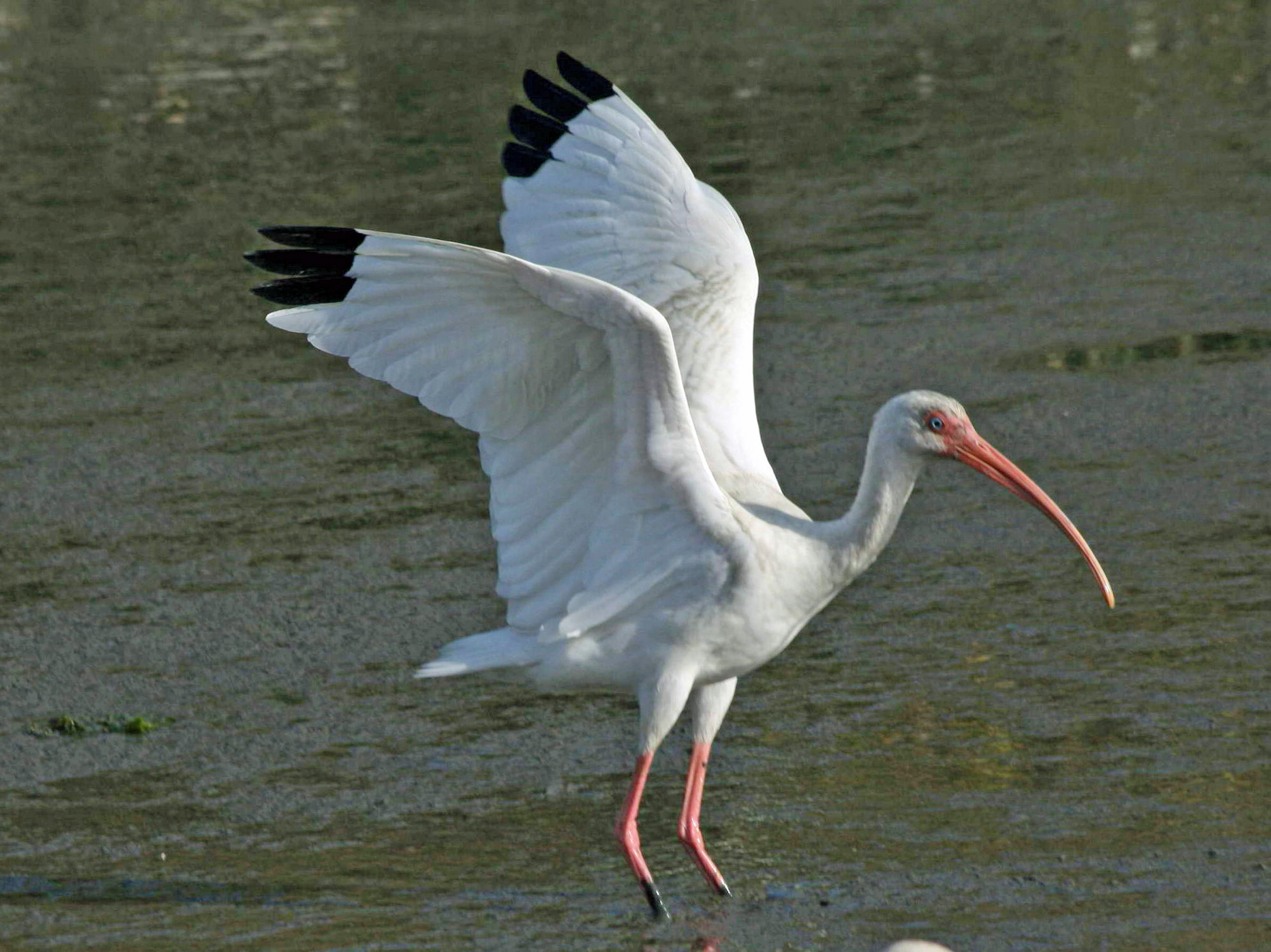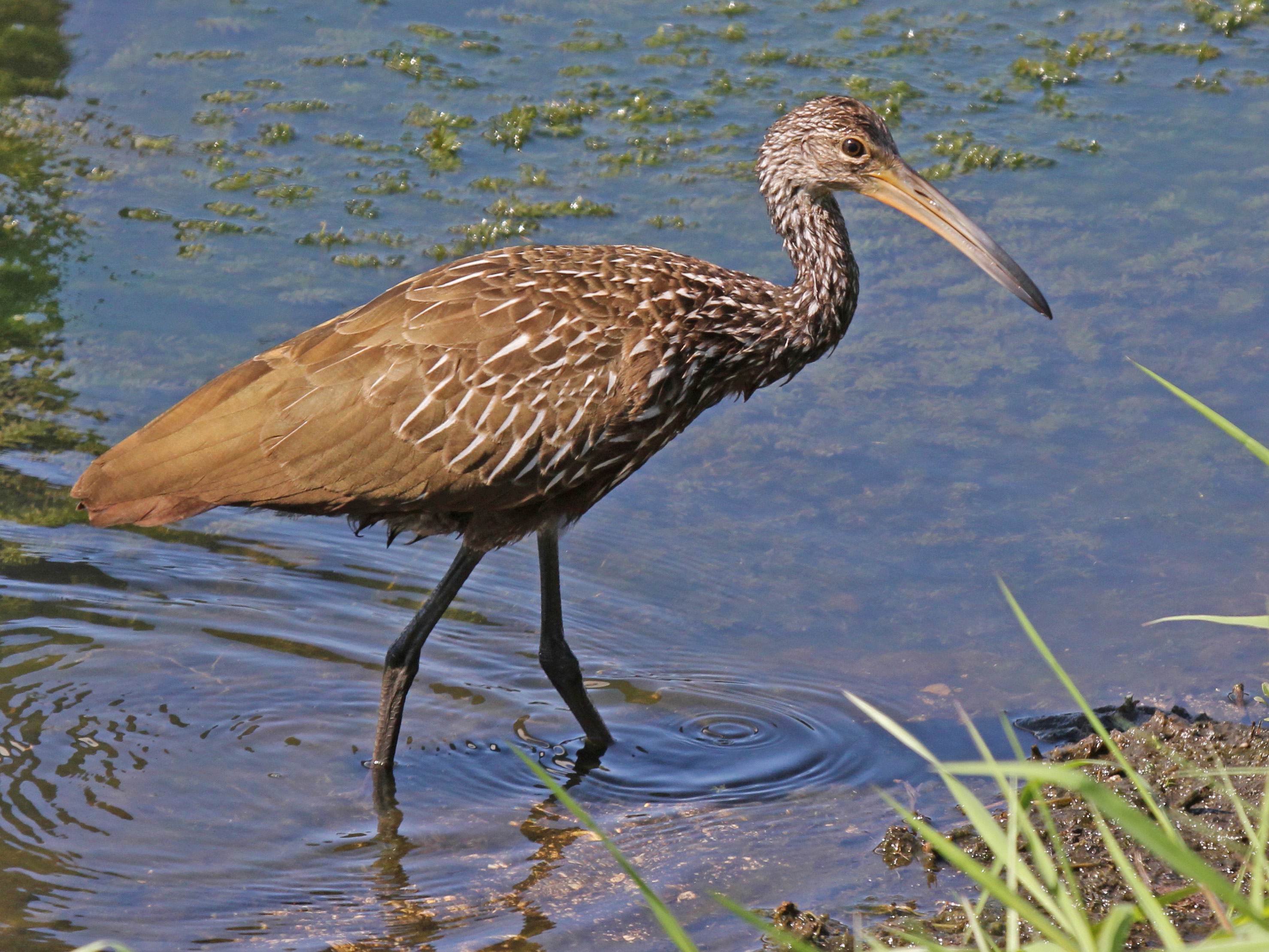Over the past five years, Rick Huffines, executive director of the Tennessee River Gorge Trust, has documented a number of rare birds near Chattanooga. He has banded multiple songbirds that rarely travel through East Tennessee and spotted one swamp-loving crane that historically does not stray north of Florida, among others.
So, why are they here?
"If you make the assumption it's because of climate change, you might be right and you might be wrong," says Huffines, a bird researcher for more than 20 years.
Huffines believes his sightings are more about thoughtful interaction with a place - the Tennessee River Gorge, for example, which is where he made many of his discoveries. Not many bird-watchers traverse the gorge's difficult terrain, he explains. For this reason, in 2014, TRGT chose a remote section to build its Bird Observatory.
There, biologists continue to monitor birds - and the birds continue to surprise.
"When you explore, you might find things you never knew were there," Huffines says.
Cerulean warbler (Setophaga cerulea)
Sighting: Spring 2014, near Pot Point Cabin
Once a common breeding bird in Chattanooga's mature forests, this warbler is now one of the fastest-disappearing songbirds in North America. In recent years, there has been little evidence to suggest it still nests in the area, which is what made Huffines' sighting so special. He spotted a family unit: a male, a female and two young, indicating the birds had, in fact, nested nearby.
"That's great news, Huffines says. "Finding them tells me that the habitat is still suitable and that potential still exists."
Blue-headed vireo (Vireo solitarius)
Sighting: Spring 2015, along the Hamilton County-Marion County line
This vireo is fairly common in East Tennessee; however, there were no confirmed records of it nesting in the Chattanooga area until Huffines and Holland Youngman, one of the Trust's avian technicians, photographed a pair building a nest near Pan Gap. It was the first time such behavior had been documented locally.
White ibis (Eudocimus albus)
Sighting: Summer 2016, Williams Island
The white ibis is a long-legged wading bird that spends most of its life in Florida, parts of Mexico and parts of South America. They migrate only within those regions, depending on weather conditions, says Huffines, though he spotted a young white ibis foraging for insects on the Trust-maintained island.
While the white ibis has been recorded before in Tennessee (mostly West Tennessee), sightings are considered rare.
Limpkin (Aramus guarauna)
Sighting: Spring 2017, TRGT Bird Observatory
A solitary water bird, the limpkin has been documented only three times in Tennessee. Not only is it rare, but Huffines says the habitat in which he saw the bird did not fit its known habits.
Historically, limpkins are year-round residents of South Florida, parts of Mexico and parts of South America, where they live in open marshes and swamps. But Huffines spotted one perched on a low tree branch alongside a sandy stretch of the Tennessee River.
"I can't emphasize how unusual this habitat was," Huffines says. "I thought, 'That can't be a limpkin.' I didn't have the nerve to say it aloud."
Luckily, he wasn't alone. When Huffines pointed out the strange bird to his two companions, retired U.S. Fish and Wildlife officials, they confirmed that, yes, in fact, it was a limpkin.
Connecticut warbler (Oporornis agilis), Canada warbler (Cardellina canadensis), Golden-winged warbler (Vermivora chrysoptera), and Mourning warbler (Geothlypis philadelphia)
Sighting: Spring/fall migrations, TRGT Bird Observatory
These four warblers were seen during different migration seasons, but the uniqueness of their stories is similar. The mourning and Connecticut warblers are considered rare migrants; the Canada and golden-winged warblers are considered uncommon migrants. But, Huffines says, "What is amazing is that we actually captured and banded these birds in the gorge."
These bands allow the birds' movement to be tracked over time, inspiring hope that, one day, the world may better understand the mystery of birds.




